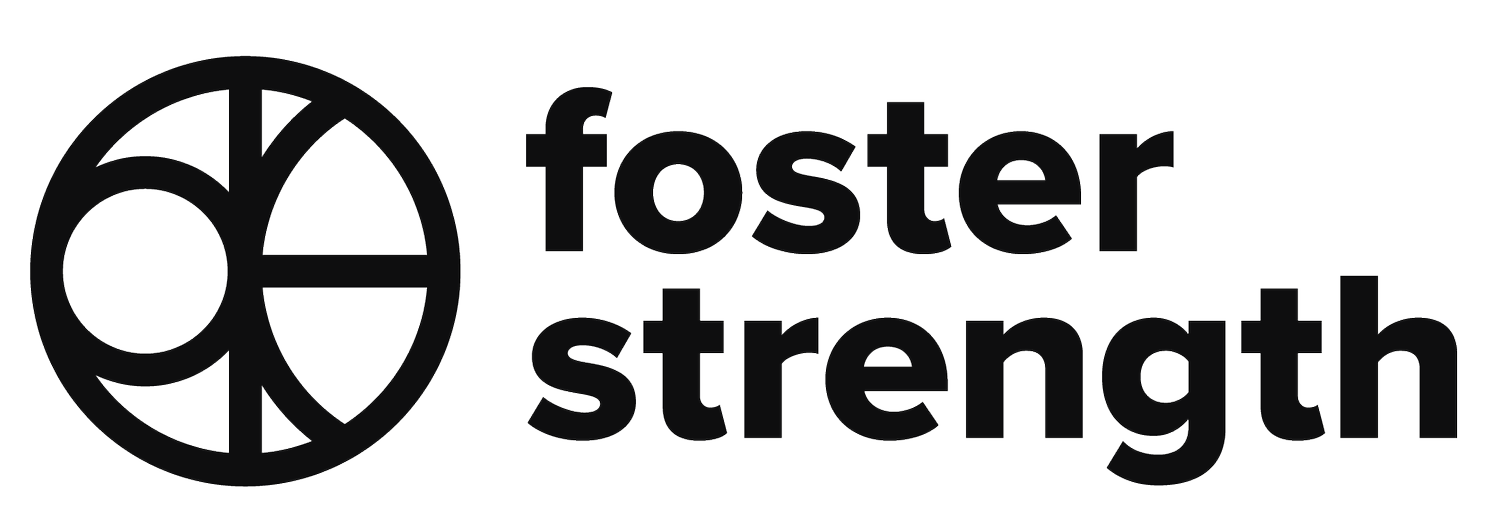Less Is More: How To Do A Better Job Cueing Through Brevity And Specificity
Trainers learn so much about anatomy, physiology, programming and other aspects of the science of training, but unfortunately the topic of cueing, or directing/instructing movement, is limited. Part of that has to do with the sheer amount of content that has to be included in a certification but I think another part of the limited coverage is the assumption that cueing and communication is merely the “art” of coaching and it isn’t a skill you can learn.
Not true!
The study of attention and motor performance is very much a science and becoming more effective at cueing is a skill you can learn using the wealth of evidence-based strategies that exist.
First, let’s talk more about what a cue is. A cue, which can be verbal or non verbal, is tool for directing an athlete or client’s attention to a relevant piece of information for performing a motor skill. This means if we want a client to do something we have to instruct them and if we want something to change about a particular movement, we have to get specific about what it is we want to change.
It is easy for coaches passionate about movement, training, and their clients’ success to over-cue, meaning essentially they word-vomit at a client who is then overwhelmed by the sheer amount of information. But if we as coaches can find ways to get highly specific with our cues and keep them brief we can help our clients quickly and with limited attentional fatigue, complete the movement or skill the way we want them to.
Let’s take a look at 4 tips for more effective cueing.
1. Make It External- an external cue means that you focus on the effect or result of a movement versus what is happening internally in the body. For example if you were cueing a barbell deadlift and you wanted the client to keep their shoulders back rather than asking them to retract their scapula, a highly technical term based on an understanding of anatomy, you might cue them to try and break the bar in half. If you were asking them to retract the scapula, a lot can get lost in translation where as breaking the bar gives them something clear and actionable that they will better understand. Best part: research has shown external cues improve performance!
2. Get As Specific As You Can- the more specific the cue, the less room there is for misinterpretation. Be sure to provide clients with things like the distance you want them to travel, the direction you want their body or weight to move, and action verbs or analogies to bring the cue to life. Words like drive, break, push, and explode really evoke certain effort and energy for movements. Similarly analogies can help clients better understand what a movement should look or feel like. Just be sure that the analogy really matches what you want them to do and it is something they understand or can relate to.
3. Limit The Number Of Cues- we can only focus on about 1-3 pieces of information at a time. This means give a client a client a maximum of 3 cues to focus on at a time. Realize even with 3 cues, that client is going to have to prioritize the information and one of the cues is going to get the bulk of their attention. You may find it worthwhile to focus on the top priority and once that has become more habitual, move onto the next.
4. Pay Attention To Timing- long winded textbook style cues are not the answer, but if you feel like a concept or a particular movement requires more explanation, do that in between sets. The client shouldn’t be mid rep while you wax poetic. Go over the details while they rest and then try to choose simple descriptive one-word cues that you can use while they are performing the exercise. You’ll be surprised how a quick one-word reminder can be a catalyst for drastically changing the movement.
Employ these strategies and watch how much easier it is to improve your clients’ performance. Just remember like any other skill, it will take practice and breaking old habits is hard. Go easy on yourself and get feedback when you can.
Looking for more? Head to my coaching resources page to download my free Coaching Cues Cheat Sheet.
